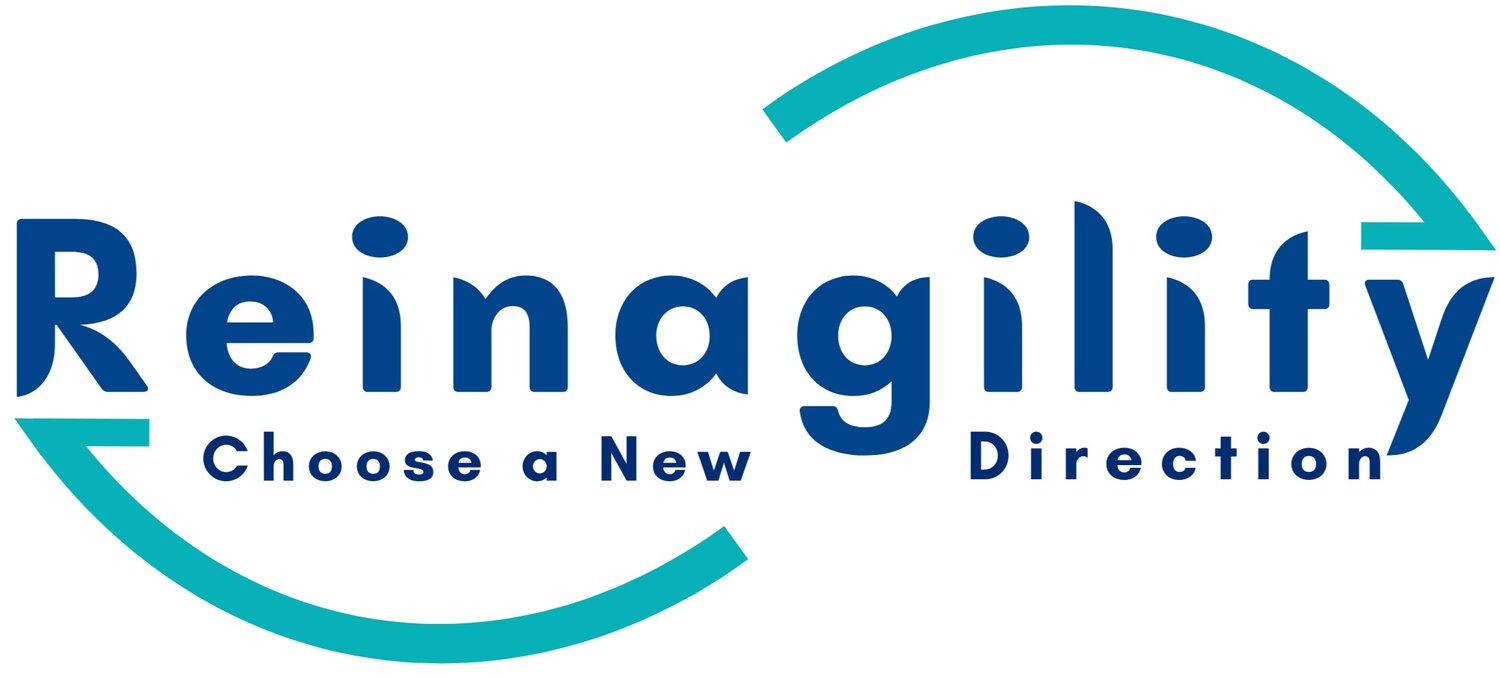Agility: How to Thrive in Ambiguity
“Agility is the ability to both create and respond to change in order to profit in a turbulent business environment. Agility is the ability to balance flexibility and stability.”
We live in a constant state of ambiguity. There’s less and less clarity, less predictability, mixed and conflicting meanings, reality is hazy, we can’t make sense of things. The pace of change is mind boggling, polarization and political turmoil is widespread, catastrophic weather events are everywhere.
We have so much thrown at us on a daily basis that we don’t have time to really think, reflect, and absorb. We go from one post to another, one article to another. We may be briefly enlightened by something we read, but that fades quickly as we move our attention to something else. We don’t have time and energy to consider different perspectives, see the forest for the trees. We default to what we know, to what’s quick and easy. And our minds get scattered, fragmented, and confused.
This not only adds to the already exiting uncertainty and complexity, but it also creates stress, frustration, and makes decision making and planning quite difficult. We can’t tell for sure the road we should take.
How do you identify with that?
An antidote for ambiguity and it’s related side effect is agility. This was originally proposed in 2007 by Robert Johansen, a distinguished fellow at the Institute For The Future.
And there’s a good reason for that! Agility allows us to act despite the uncertainty, it allows us to listen, pay attention, test our ideas and improvise. It allows us to learn, understand, and grow in the process. Also:
We are better equipped to adapt and respond to changes.
We are more flexible, more willing to learn, more willing to take chances.
We are able to consider different perspectives and multiple solutions to a problem. We can clearly see the forest from the trees.
We ignite and unleash creative ways of being, thinking, and behaving. We become more responsive than reactive.
We are more open to feedback.
We cultivate divergent and elastic thinking and get comfortable with not knowing. We are more willing to experiment and fail, and use failure as learning opportunity
We break your goals into smaller and manageable pieces and take quick action.
As we put your plan into action, we pivot, evolve, learn, grow, and get a clear understanding of the direction you want to go. We adapt, tweak our actions, mindset, habits, adjust our goals, one step at a time.
We make sure your actions and behaviors are in sync with our values. We consider our weaknesses but concentrate on our strengths.
We make our change/reinvention process sustainable and deeply ingrained in our lives. As a result, we feel more confident and competent in your ability for succeed.
To become more agile and develop an agile mindset, you need to be open to continuous learning and let go of ideas, behaviors, perspective, stories, which no longer serve you. Here are a few strategies:
Don’t be afraid of disrupting yourself, challenging the status quo and breaking out of your comfort zone (see 8 Ways to Strategically Disrupt Yourself).
Anticipate and accept the inevitable changes, and deliberately look for new experiences, consider different perspectives, multiple solutions for a problem, and new ways of thinking (see Getting Comfortable With Inevitable Change)
Be comfortable with discomfort, and act despite the lack of predictability. Question and challenge norms.
When facing difficulties and challenges, be present with the difficulty/challenge and see what you can learn. Consider other people’s opinions and ask questions to help you understand, be open to feedback. Use the energy generated by stressful situations in your favor and adapt quickly.
Learn from your experiences, knowing that learning takes deliberate effort, it takes action. Take time to process and reflect on your experiences, your assumptions, your behavior, and learn and generate deeper insight into yourself and others.
Be open to taking risks and be willing to fail. If you never fail, it is because you always play it safe. And that may prevent your growth. Continuously learn from failure and grow from both failures and successes.
So, agility is an essential skill to help you go from just surviving to thriving. The more agile you become, the better equipped you’ll be to handle the ever-present ambiguity, the better prepared you’ll be to handle the challenges that will come your way.

